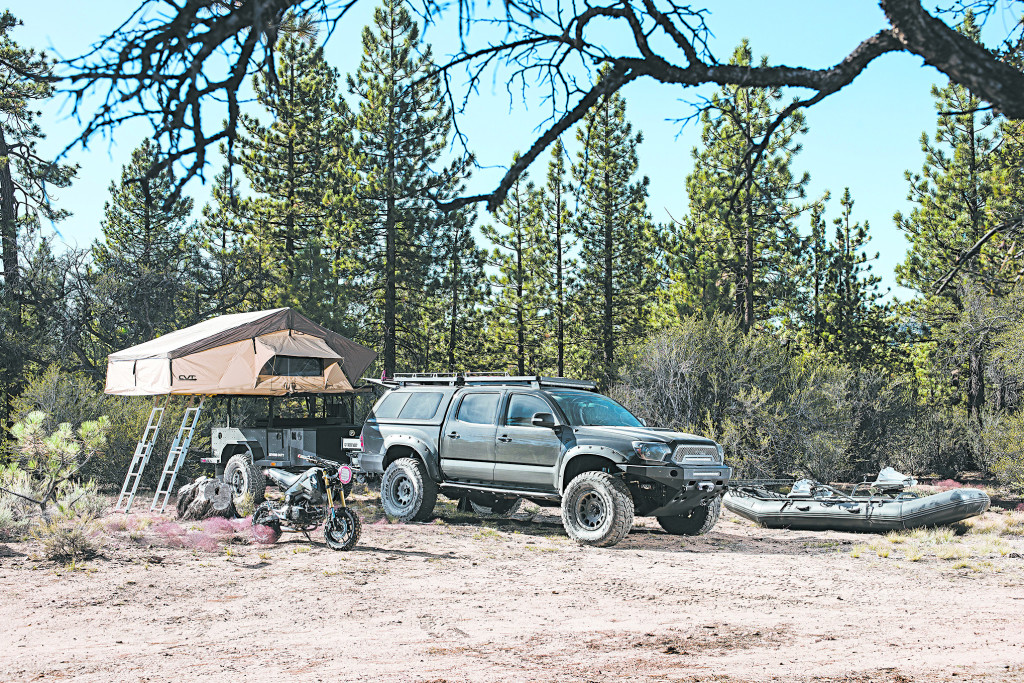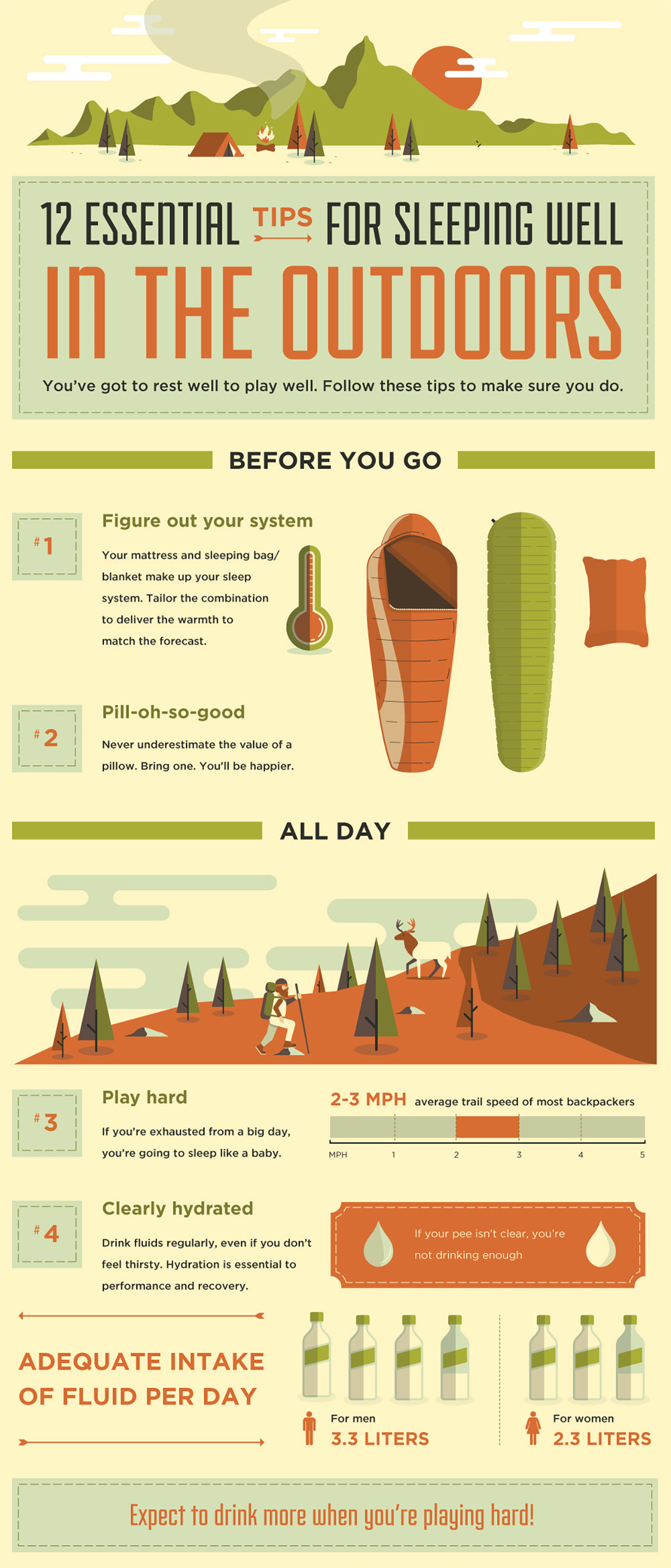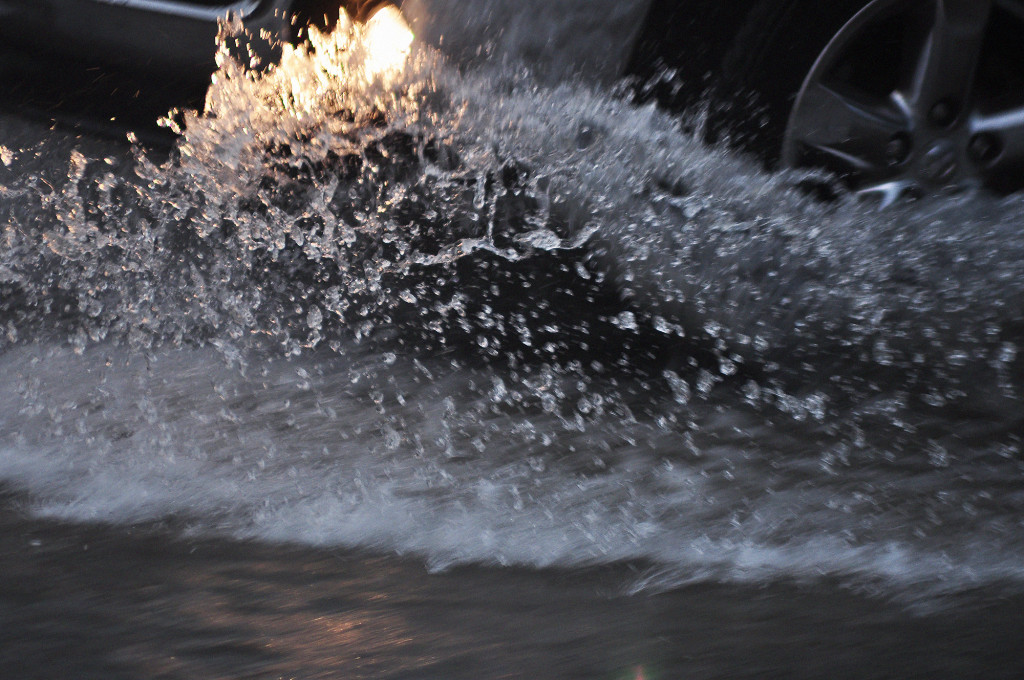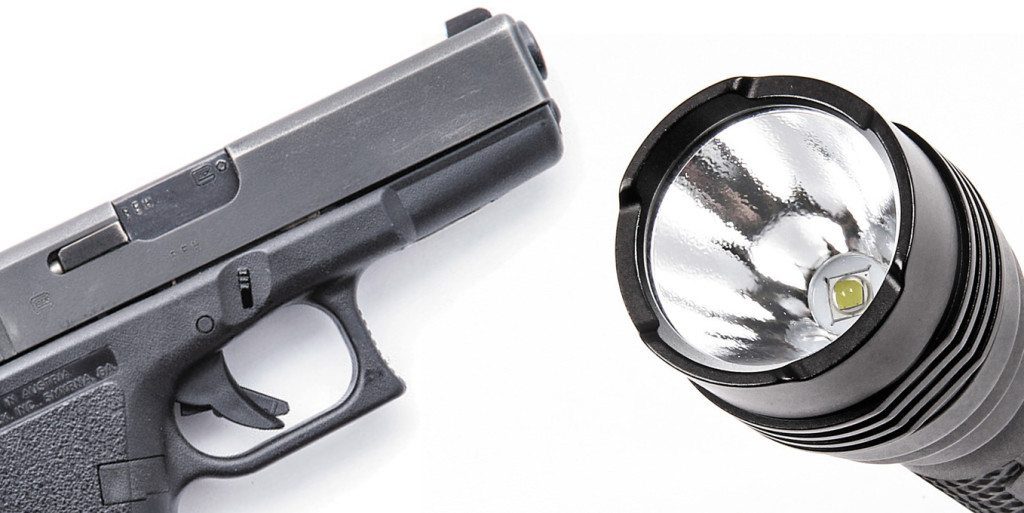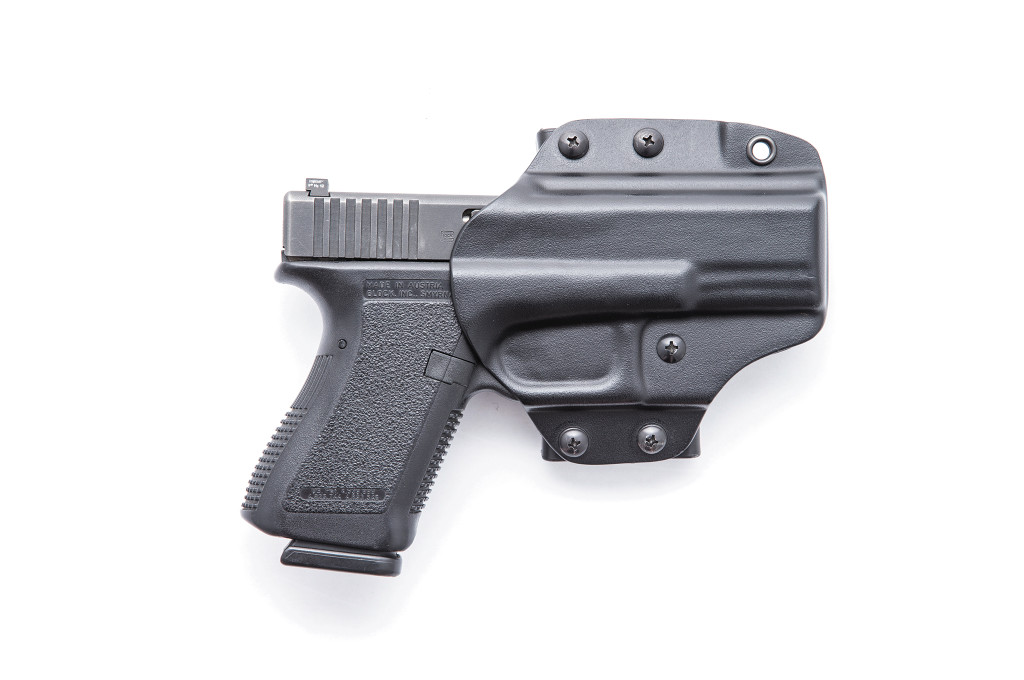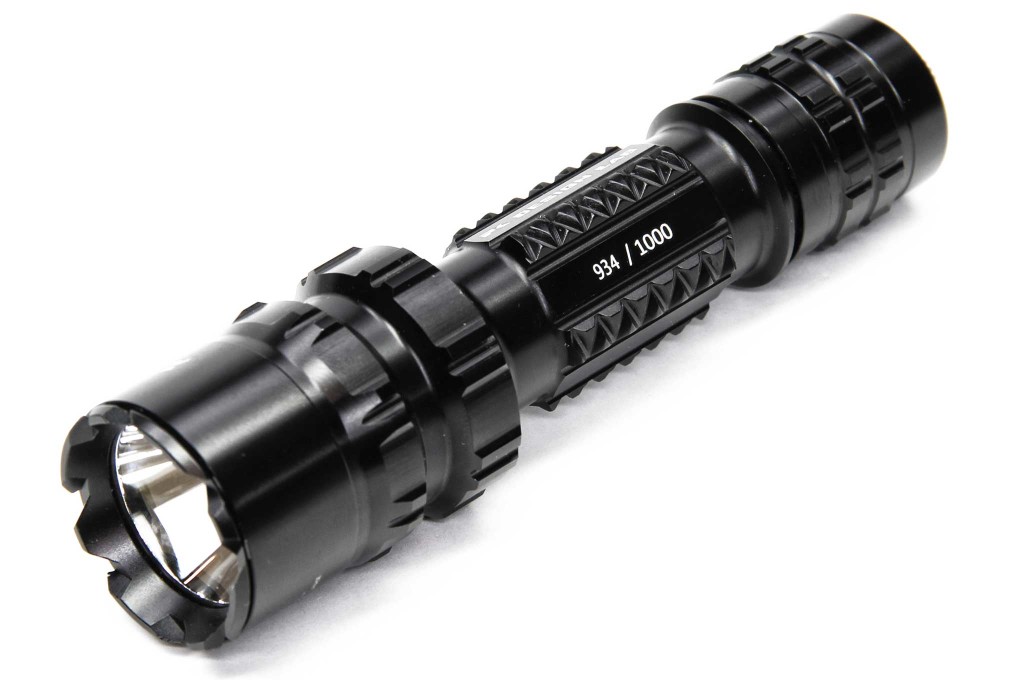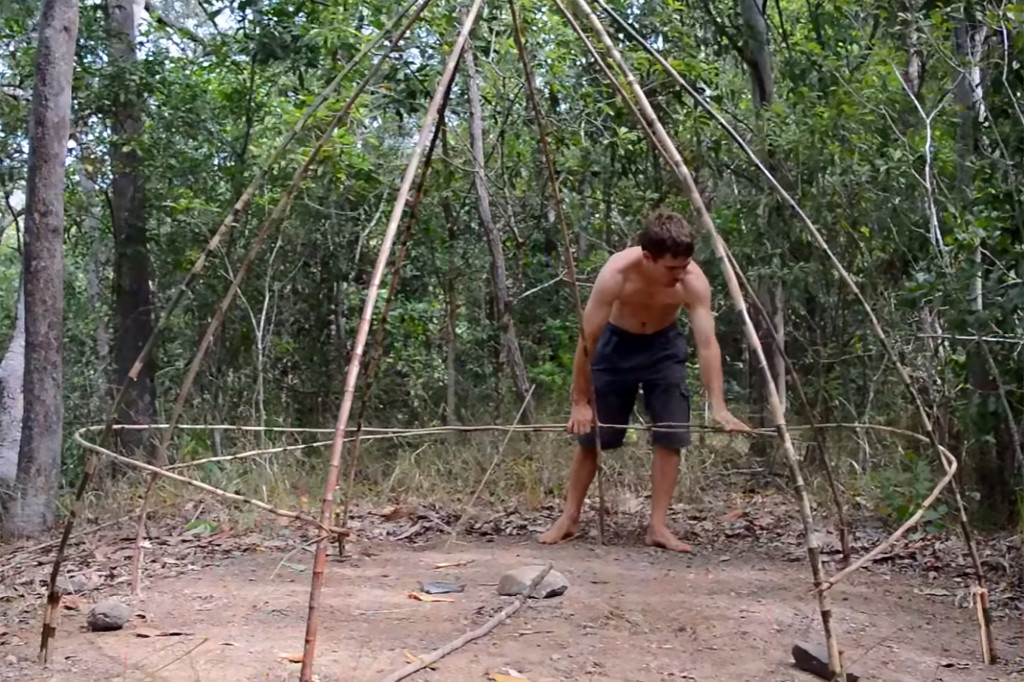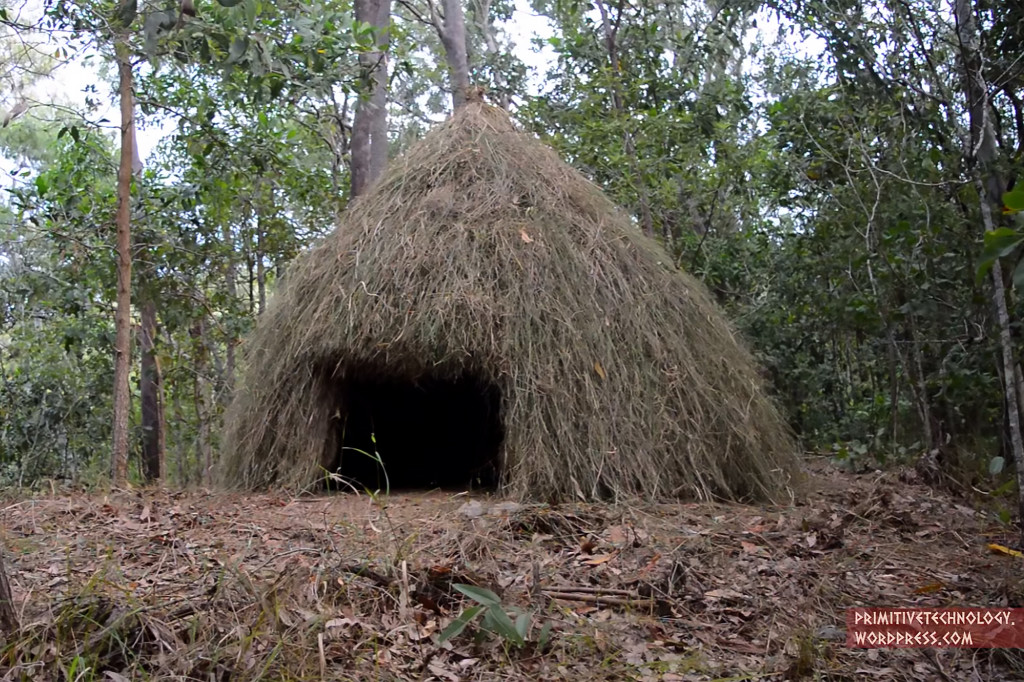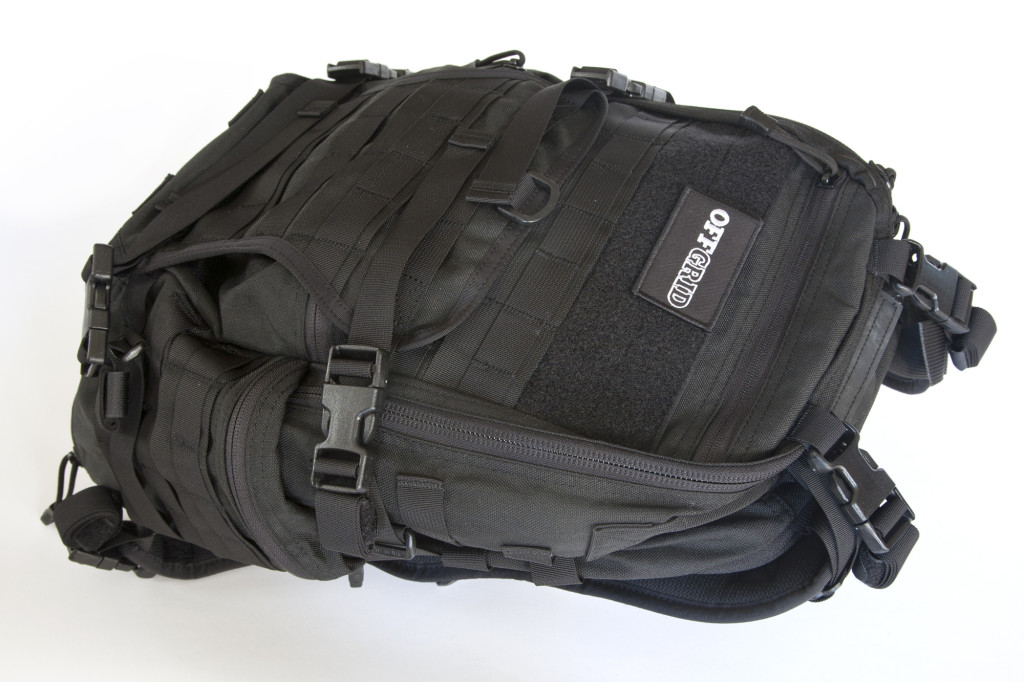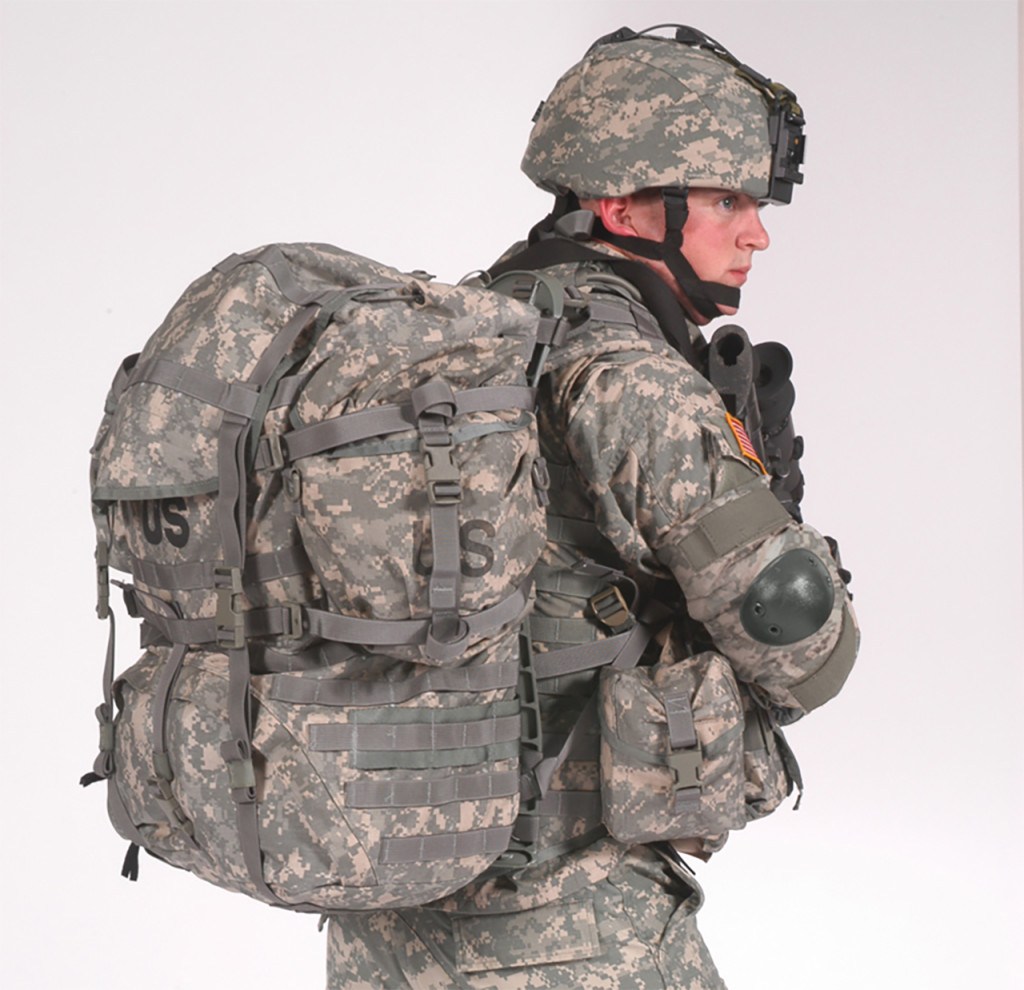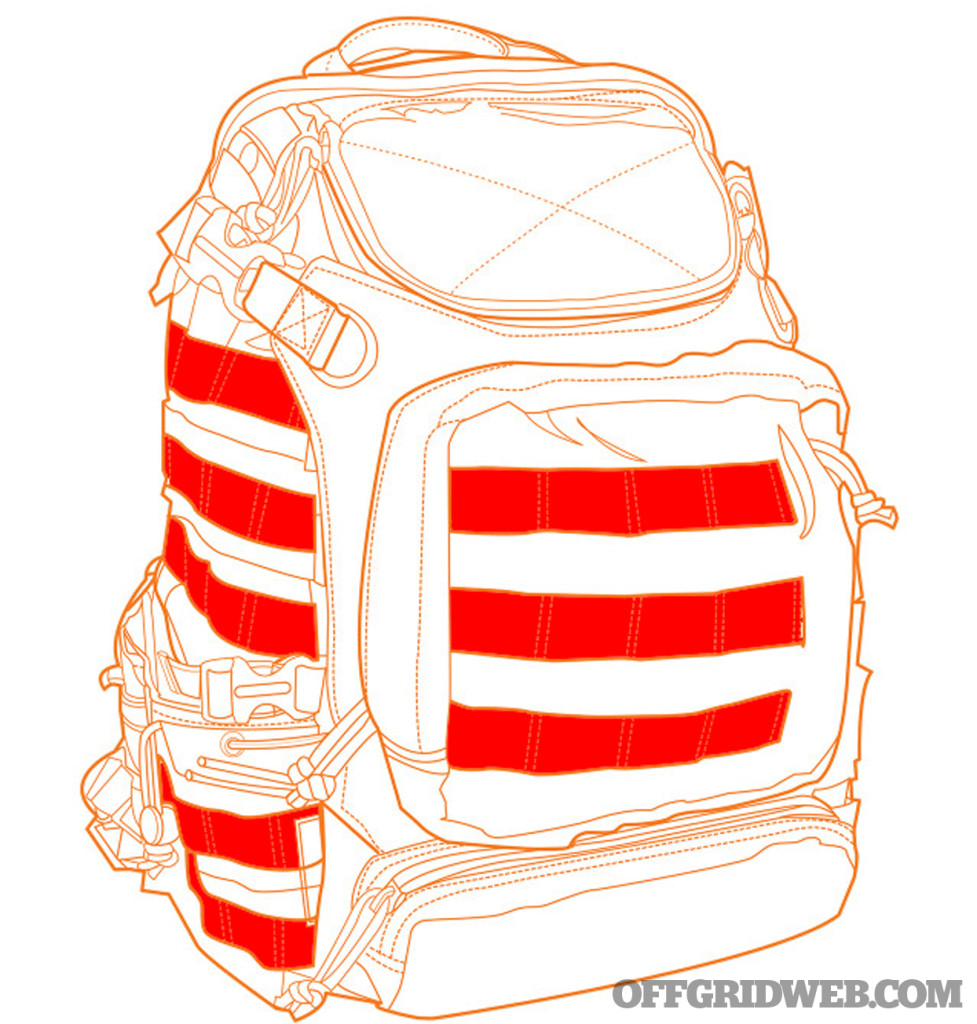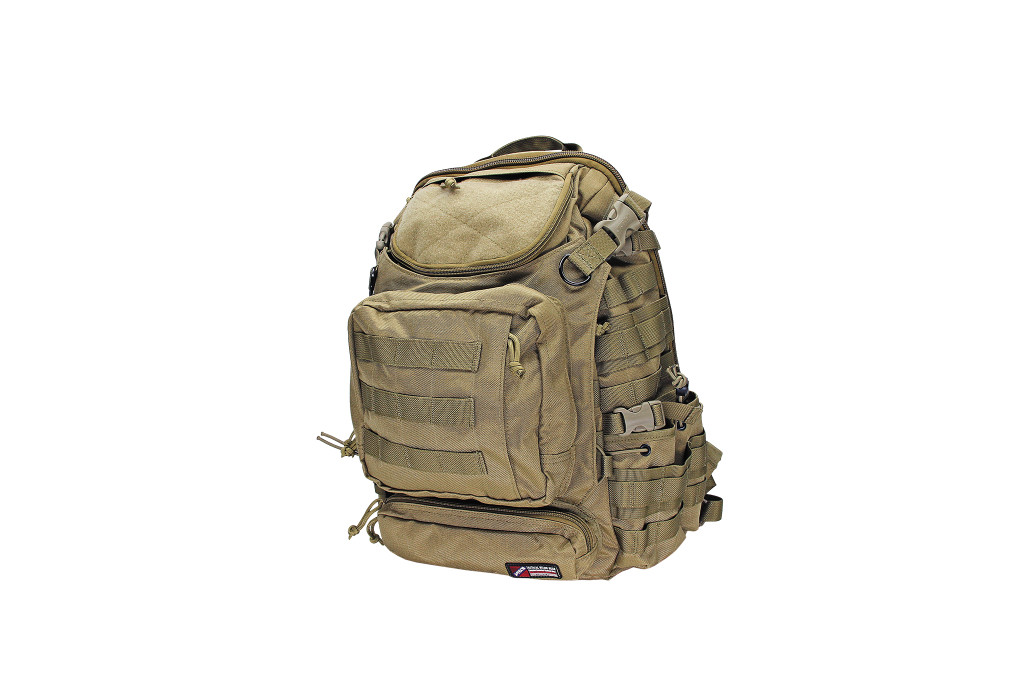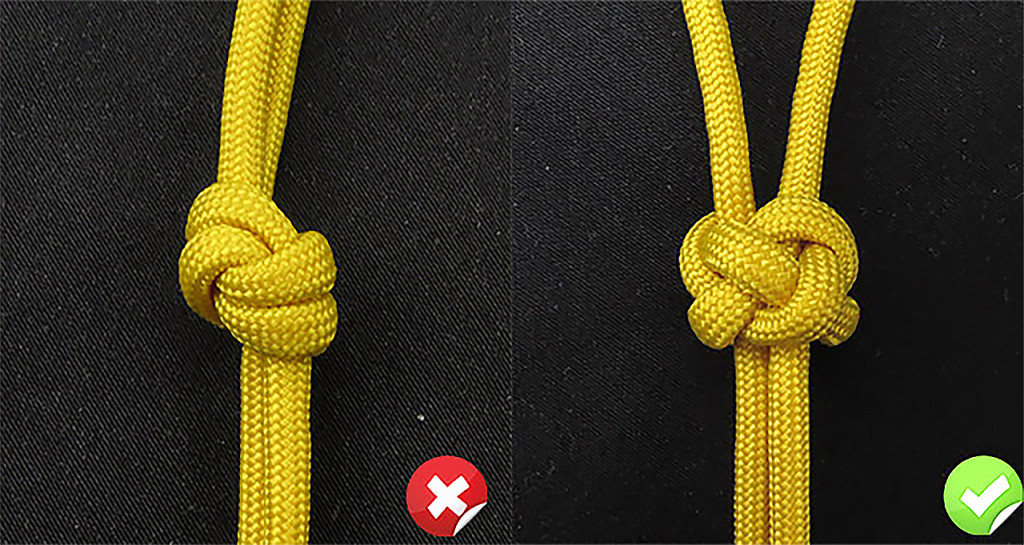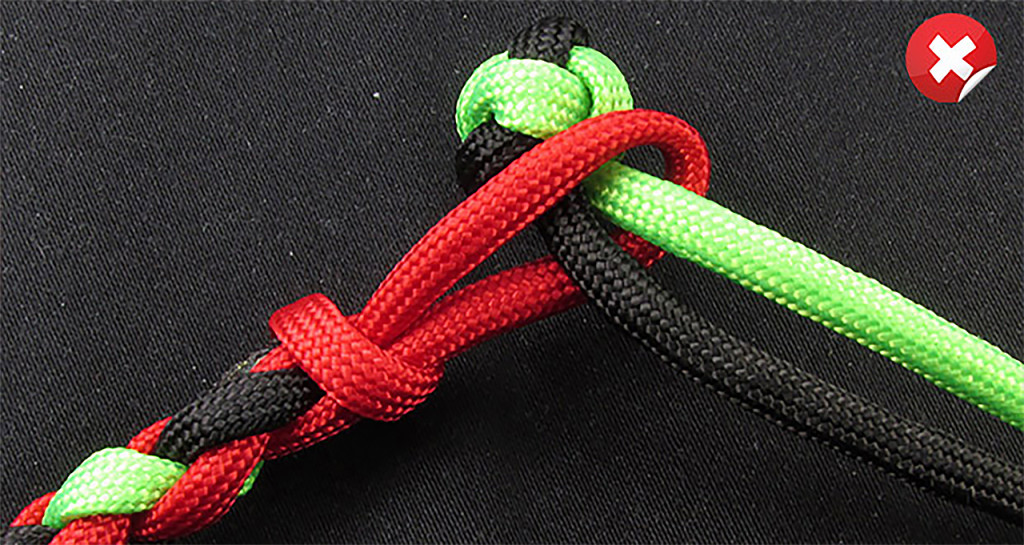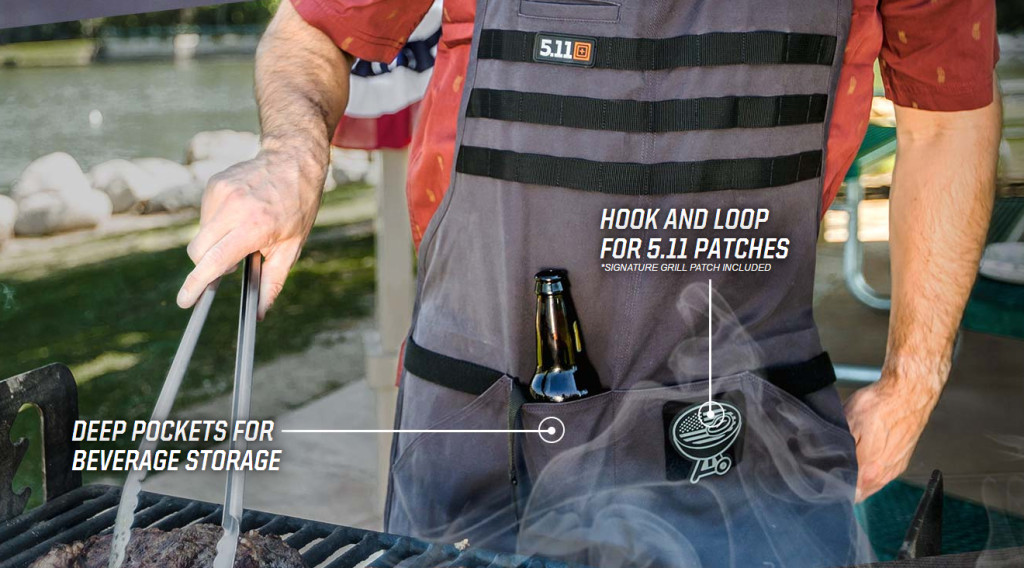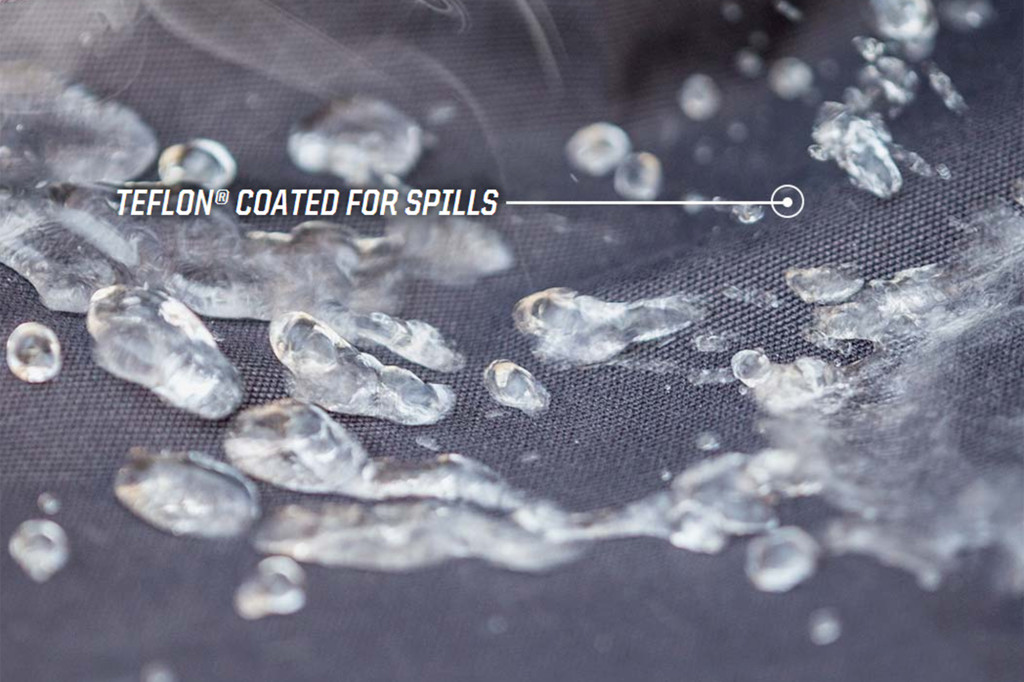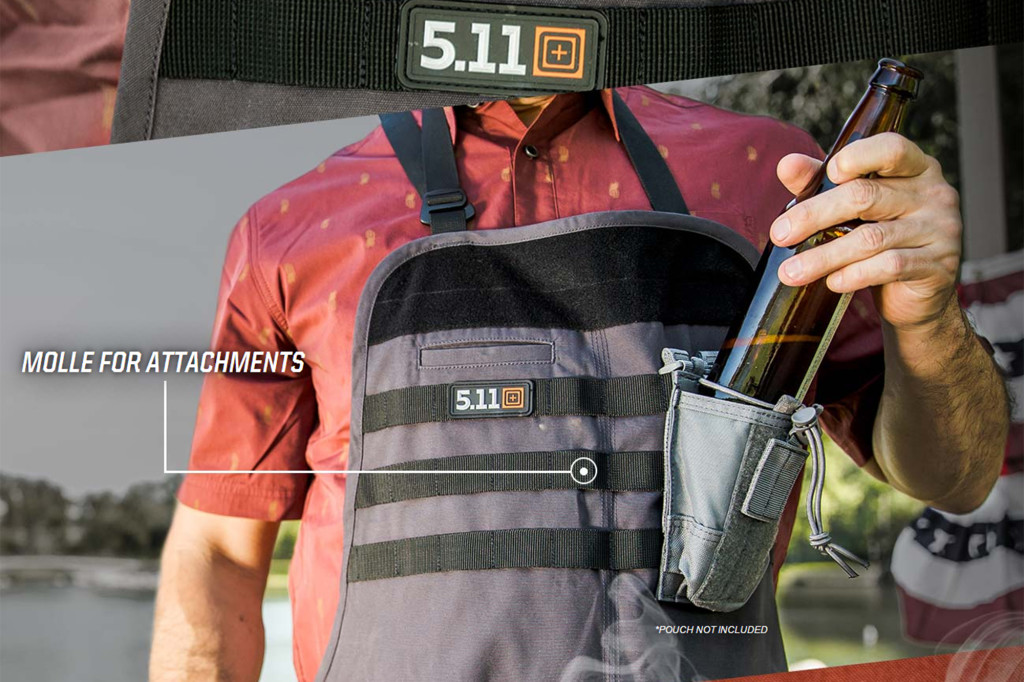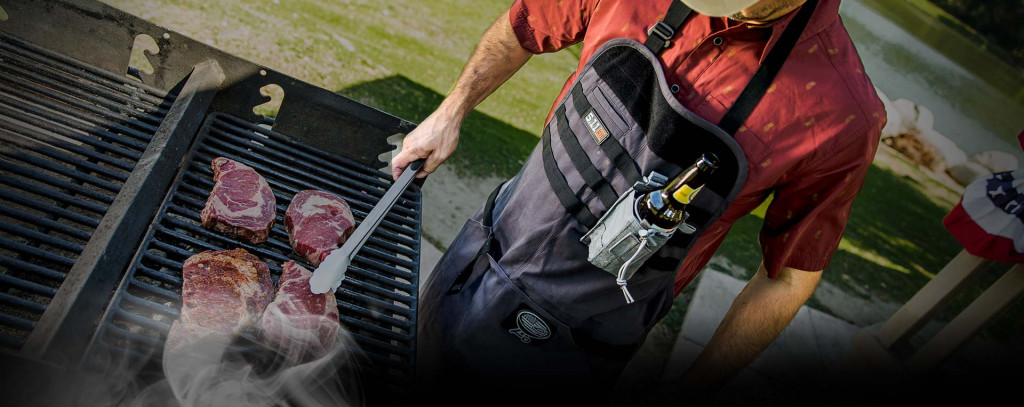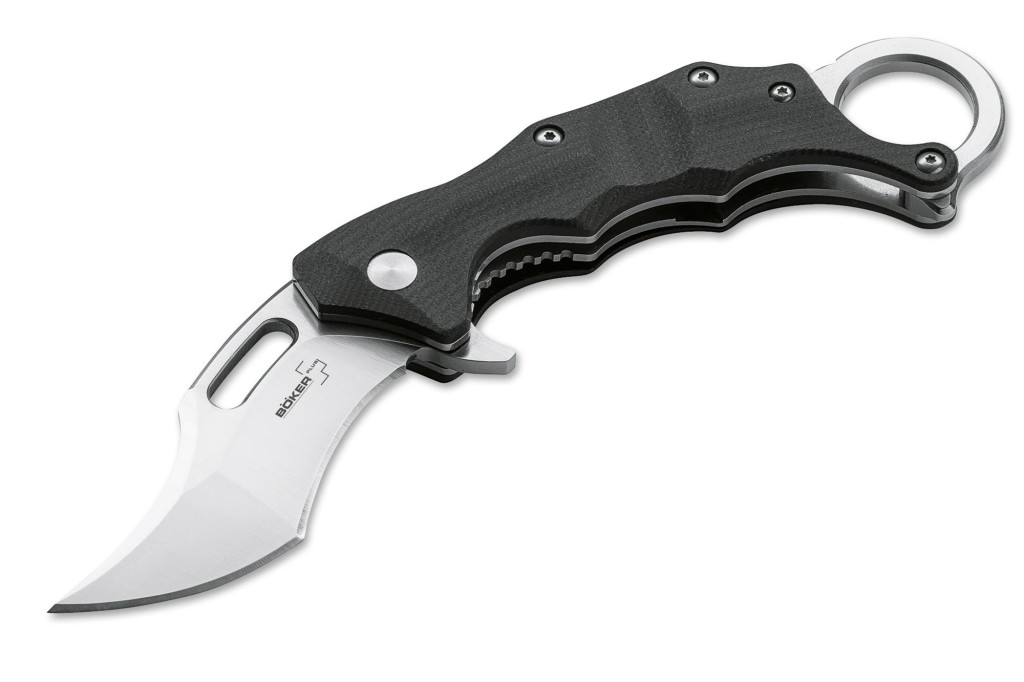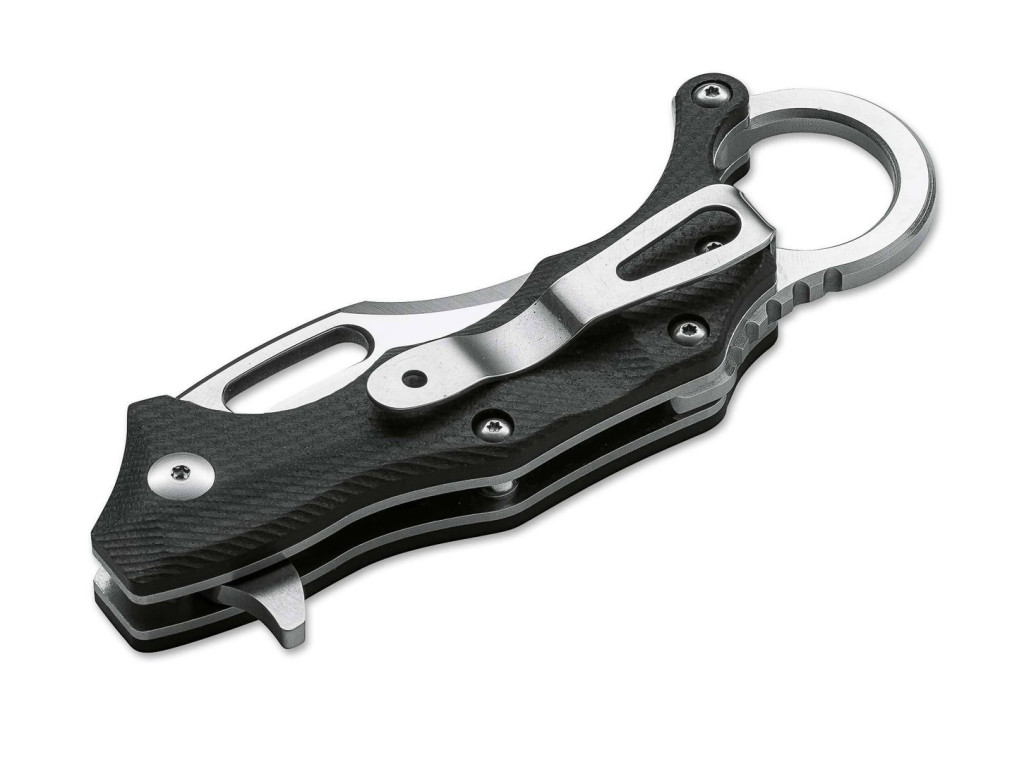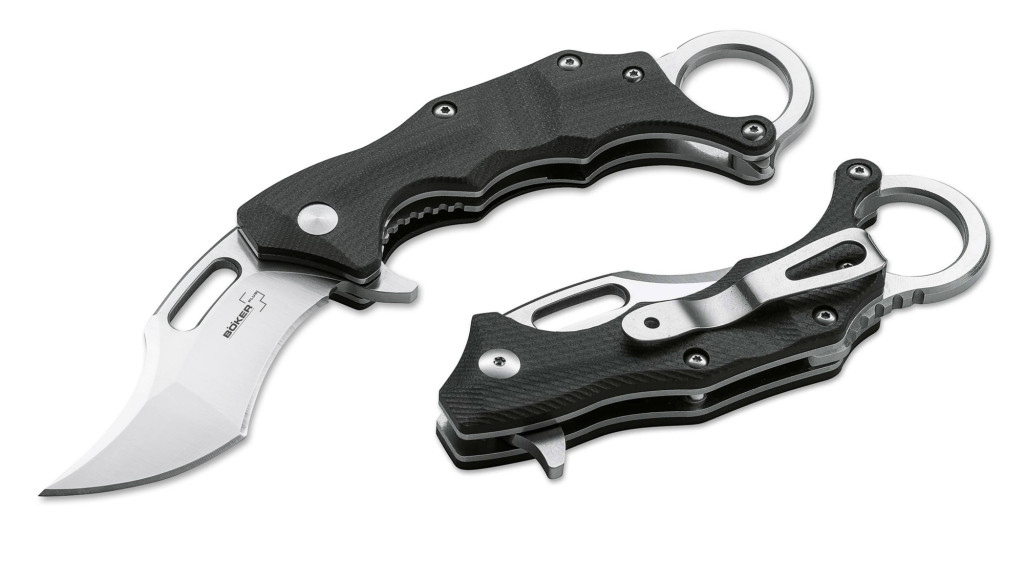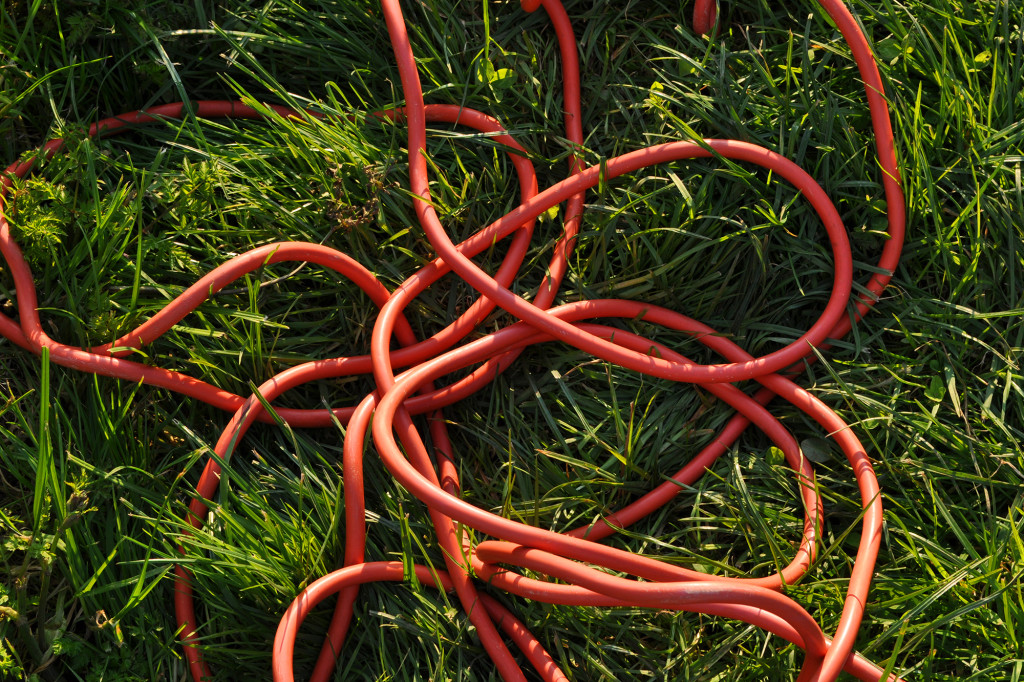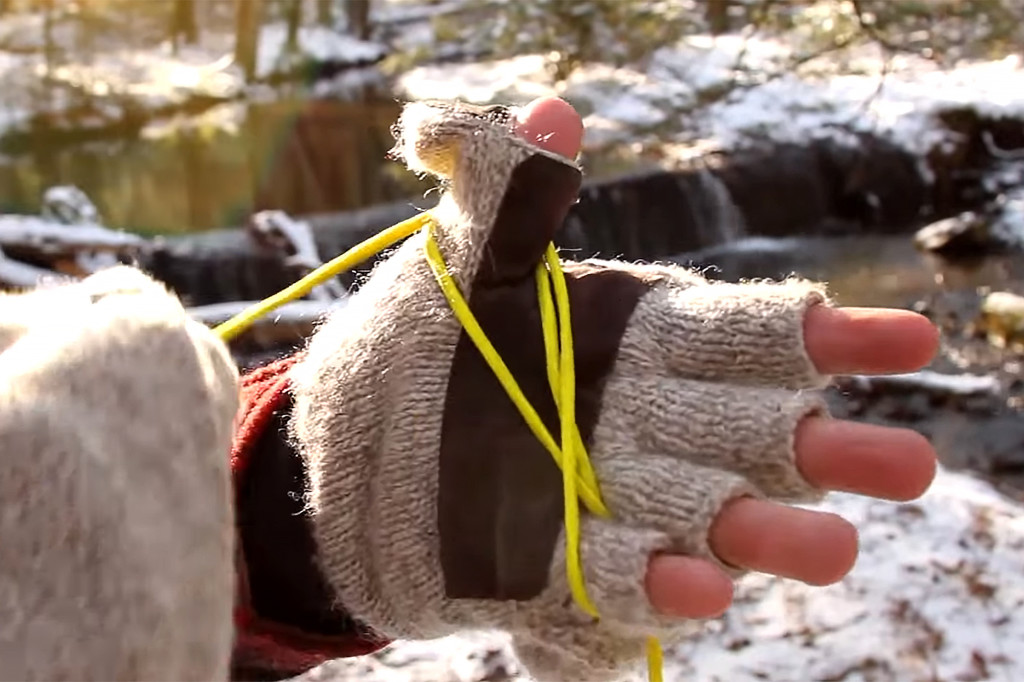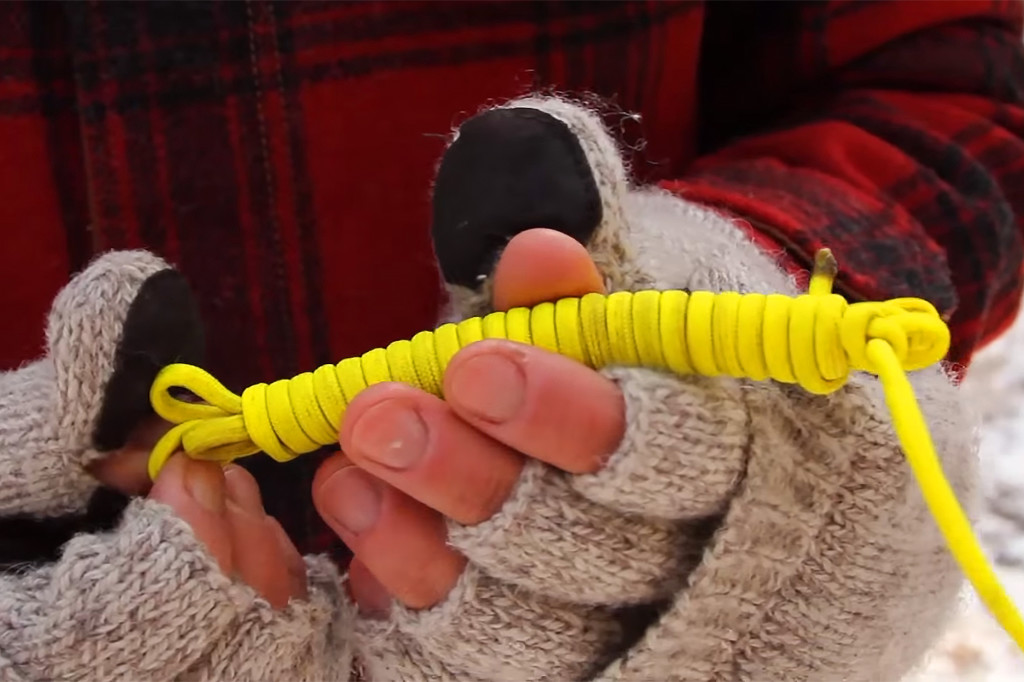Of all the emotions, the brain allocates the greatest space and energy to fear. Why? It's one of your lifelines when SHTF. Unfortunately, the types of fear typically experienced by the military, first responders, or law enforcement are now part of America's mainstream society. We're constantly deluged by a 24-hour news cycle with reports of floods, fires, ice storms, hurricanes, and too many more to list in this article. And those are just natural calamities. Let's not forget man-made crises like an EMP attack, terrorism, and the ever-looming threat of nuclear weapons.
The constant barrage of in-your-face reporting brings high-definition fear directly into your living room. Even if you choose not to watch the news, there's the continuing parade of disaster entertainment — from the 1970s classic The Towering Inferno and the '90s hit Twister to more recent fair like San Andreas — that force you to ask yourself, “What would I do in that situation?”
But our point is not to heighten or pile onto that fear mongering. As with all stories found here in OG, this feature is meant to give you important information that can help you in dire times. Specifically, we're going to explain what fear is, why we experience it, and (perhaps most importantly) how you can use it to save yourself and those you love when something fearful does happen. Spoiler alert: Sorry, but we won't be dealing with phobic reactions, such as a fear of clowns, intimacy, or public speaking. If you consider any of those things a life-and-death situation, you'll probably want to read a different magazine and consult with a qualified medical professional. Now read on to find out how to use fear as a powerful tool.
Anatomy of Fear
What exactly is fear? It's more than just an emotion. Fear is:
- An evolutionary survival mechanism
- A part of everyone's DNA
- A natural, instinctual reaction to dangerous situations, real or perceived
The experience of a fear response has no correlation to physical, emotional, or intellectual weakness, but is actually the engine that causes us to take action. For example, it helps us escape from a burning building, get out of the way of a speeding car, or plan to defend ourselves when faced with danger. Fear is a learned process, and how to control the “fear response” can also be learned.

So where exactly does fear come from? Here's a look at the anatomy of fear.
Amygdale: This almond-shaped mass of cells is located within the temporal lobe of the brain and is the reception center for input of information that triggers the body's autonomic (automatic) responses to fear. Recent scientific studies of the amygdale have discovered a grouping of neurons that are essential in transmitting fear alert and reaction signals to other parts of the brain.
Neuron: This is a cell that is responsible for the transferring of information and electrical impulses throughout the body. There are two neuron fear transmission pathways and each operates at different speeds:
1. A startle response is the fastest (20 milliseconds) from awareness of the event to amygdale's fear pathway, e.g. hearing a gunshot, seeing a sudden motion, or sensing physical pain.
2. The thought process of the brain's cortex utilizes a secondary pathway (300 milliseconds) to the amygdale, e.g. intuition, memories of failures, etc.
How Fears Grow
Scientists believe that we're born with only two fears: fear of falling and a fear of loud sounds. Yet, how is it that people go about their lives unable to deal effectively with threats, both real and perceived?
Prior Scary Experiences: Past experiences that ended badly become imprinted on the memory, only to be recalled and reactivated in the presence of a fear similar to a situation that caused the original fear. It'll take training, practice, or counseling to move on so you can deal with future difficult situations.
Poor Role Models: As mentioned previously, one can learn how to control the “fear response” — but you need someone to teach you how to do so if you haven't figured out how yourself. If your parents freaked out at the slightest difficulty, there's a good chance you will, too. Fortunately, the role models you had as a youngster don't have to be the same people later on in life. You can make the direct choice to have role models who've shown the capacity to stare fear directly in the face and respond appropriately.
Lack of Training: Lack of or inadequate training can be a direct precursor to an inappropriate fear response. Be sure to choose training that's directly related to your particular situation. If you're an outdoor enthusiast, there's a chance (no matter how slim it is) you might get lost, injured, or attacked by two- or four-legged predators. Therefore, orienteering, navigation, field medicine, and self-defense training will be essential toward reducing or eliminating an inappropriate fear response.

The Symptoms
The types of fears experienced during a SHTF situation have the strength to temporarily paralyze your thought process. You become stuck in the moment and your ability to problem solve becomes compromised or nonexistent. Other symptoms include panic or anxiety, procrastination, indecision, making excuses for not participating, or opting out of a particular opportunity.
Physical symptoms can include:
- Cold chills
- Sweaty hands
- Dry mouth
- Upset stomach
- Squeaky voice
- Stuttering or difficulty talking
- Hands tremble
- Knees feel weak
- Shortness of breath
- Blurry vision
- Light-headed or dizzy feeling and headache
No one ever experiences all of the physical and emotional symptoms of fear simultaneously. A beneficial exercise is to think back to a time when you experienced fear and examine how you reacted emotionally and physically? Make a list. It's extremely important for you to understand your personal fear response pattern since this becomes your early warning system.
The SHTF Duo
For the purpose of this article we're going to focus on two of the most devastating fears that come out to play when disaster strikes: The fear of failure and the fear of running away (or doing nothing).
Fear of Failure: What is failure? It's a concept that we learn as young children, such as being reprimanded by our parents, teachers, and even peers for making the wrong choice. Failure soon becomes a noxious event, and we strive to reduce the chances of these unpleasant feelings by avoiding difficulties, not volunteering, giving up after an initial letdown, and eventually staying in the background. In the adult world there's a tendency to focus on the consequences of failure rather than on the value of perseverance.
The interesting thing is that without “failure,” none of the great successes in history would ever have occurred. An often cited example is Thomas Edison, who tried thousands of times to find an effective and long-lasting filament for the incandescent light bulb. What would our world would be like if explorers and scientists gave up at the first failure? Imagine if astronauts awaiting launch heard the mission commander state over the intercom, “I'm cancelling the flight. I think it could fail.”
Take a careful assessment of your behavior during a survival skills class, combatives course, or a practice session at the gun range. Is the fear of failure prohibiting you from advancing your skill levels? The experience of failure can serve as a motivator. Many instructors will purposely bring you to a point of failure where some of the most important learning takes place. Being afraid of failing will set up a pattern of avoidance and a plateauing of skills. Don't view failure as an end point, but rather a bump on the road to success.
Fear of Cowardice: Without question, the most devastating fear is that of being perceived as a coward. This isn't a new concept, for hidden in the deepest recesses of the human mind is this primal emotion: “I cannot let my tribe down.” Indications of this fear can be traced throughout history and across all societies. This fear, the thought of letting down your family, friends, or comrades is not only devastating, but leaves deep emotional scars.
The fear of refusing or dodging responsibility that could cause you injury is not typically found in our everyday lives, but exists during wars, natural disasters, civil disobedience, and most survival scenarios. Unfortunately, there isn't an abundant amount of ways to prepare for this type of fear. The military and law enforcement have specialized training programs that can realistically simulate the triggers for running away or doing nothing. However, most of these programs are not available to civilians.
Fortunately, there are a few techniques that were developed by prisoners of war and can be utilized by civilians.
Methods to Fight Fear
Method 1 – Stop The Trap of What-If's: Negative self-talk is one of the most destructive things to success and contributes to building fear. This includes a variety of “What if?” questions, like:
- “What if I'm not strong enough?”
- “What if I get hurt or die?”
- “What if I'm wrong?”
- “What if I can't be a leader?”
- “What if I make a mistake?”
Push these thoughts out of your head at the first sign of them and instead focus on the task at hand.
Method 2 – The Fear Box: Prisoners of war face the very real threat of physical harm, mental torture, and death every day that they're in captivity. The “Fear Box” technique is simple in its format, but application takes practice. Mentally picture your brain as a series of boxes, each with a lid. There's a box for your relationships, your work, your past, your aspirations, your successes, your failures, and your fears. Typically the fear box may contain previous fear experiences.
Let's take a look at how the boxes function. You're driving, and a song begins to play on the radio that had been a favorite when you were younger. Immediately, memories begin to play in your mind when you listened to the song. What just happened? Mentally, upon hearing the song, your brain went to the box, which contained memories contemporaneous with the tune, and opened the lid, allowing the memories to flow out. It's a process of brain neurons and synapses that occurs automatically. After a short period of time, the lid is automatically replaced.
The only box under your control is the Fear Box. Whenever you experience fears that may paralyze your thinking, mentally visualize the word “Fear” and place it into the box and replace the lid. This visualization takes practice. The time to practice is not as you watch the flood waters rising around your stalled car. Instead, start now.
Method 3 – Breathe: Quick breathing, high in the chest, is another alert mechanism that needs to be reduced. If you're not in immediate danger, take three deep breaths, inhaling through the mouth and exhaling through the nose. Let your shoulders drop, which prevents stretching of the intercostal muscles. Although the exercise is simple, it sends a biochemical signal to the amygdale that initiates stoppage of the panic response.
As an example, many trained shooters at the range (whether bow or firearms) will take a deep breath and let it out slowly by habit in an effort to focus and calm their neuromuscular system before taking a shot. There are numerous breathing techniques. Spend a few minutes on the Internet or ask a reputable instructor to find the best technique for your circumstances. Controlled breathing is one of those skills with transferable applications in everyday circumstances, i.e. giving a speech, meeting someone new, etc. The more you practice, the better and quicker the response when you need it.
Method 4 – Analyze: Think before you react. Analyze your present situation, developing a mental pros and cons list. Typically it'll come down to only three decisions: take action, do nothing, or retreat. As with the breathing, analyzing your situation sends signals to the amygdale to stop the panic response.
Method 5 – Mobilize: Once you've analyzed the situation and decided to act, there are usually three choices: do nothing, run/escape, or confront. Each action is dependent on the two previous steps (breathe and analyze).
Final Thoughts
Fear is not necessarily a bad thing. Adrenaline junkies don't just experience fear, they thrive on it. However, no matter how adventurous you are, there are times when you'll be afraid. Understanding which of your fears are normal and natural is extremely important.
Which are normal fears? Well, you'd be crazy not to be afraid of sharks, of climbing a steep mountain, or of accidentally getting lost in a gang-infested ghetto after dark. These fears help keep you alive. They trigger a series of reactions to make your heart, muscles, and brain work faster — to get you out of frightening situations. There is a need to develop mental escape routes from danger.
Bottom line: We need a survivor mentality to cope with modern-day fears. This leads directly to answering the question that has transcended millennia, “Do I have the courage to overcome my fears?”
The New Fears
Fears of mass shootings have touched the lives of millions of people and have become an unfortunate fact of life. Mentally unstable individuals, grasping for fame and notoriety, have created a new definition for the killing fields and have used the Internet as their launching pad. These tragedies are brought into people's living rooms by the insatiable appetite of the 24-hour news cycle, along with a hefty push from social media.
As a prepare-minded individual, you can take some simple steps to break the initial fear response paralysis and improve your chances of survival. Actions in the first few seconds of any mass shooting could mean life or death. Here are some things to consider:
Don't Ignore Your Intuition: If something doesn't feel right or your body seems to be warning you, stop what you're doing and evaluate the situation (see “Voices in Your Head” in Issue 21 of our sister publication RECOIL). Don't assume that everything is OK. Forcing yourself to think logically and rationally impedes the development of a Fear Response.
Have a SHTF Plan: Always have a plan, whether you're eating in a nice restaurant or going to the movies. It takes only a few seconds to check where the exits are located. Picture in your mind what you would do if someone had a weapon and began shooting.
Get Training: If you can legally carry a gun (depending on state and local laws), then training classes are essential. Also consider taking combative courses or joining a self-defense studio. Try to pick courses and schools that can provide simulations of real-life scenarios.
Encourage Education: Support the awareness of and training of emergency response plans at workplaces, schools, and organizations. Knowledge remains one of the most powerful deterrents to fear paralysis.
Additional Resources
Emotional Intel
by Michael J. Asken
Everything You Wanted To Know About Phobias but Were Afraid to Ask
by Dr. Neal Olshan
Fear Gone
by Michael Grant
On Combat
by Lt. Col. Dave Grossman
Overcome Fear and Self-Sabotage
by Haoting Chow
Robert E. Lee on Leadership
by H.W. Crocker III
Where There is No Doctor
by David Werner
About the Author
Dr. Olshan is the developer of the Evolution of Mindset Training Program. He is a consulting psychologist for corporate/executive functioning and to the sports and shooting industries for performance improvement through the use of the Mindset protocols. He is also the chief combat psychologist for LMS Defense, an award-winning photographer, a pilot, and an author of both fiction and nonfiction books. To contact, email him at mindsetdoc@gmail.com.
More From Issue 11
Subscribe to Recoil Offgrid's free newsletter for more content like this.
Read articles from the next issue of Recoil Offgrid: Issue 12
Editor's Note: This article has been modified from its original print version for the web.

